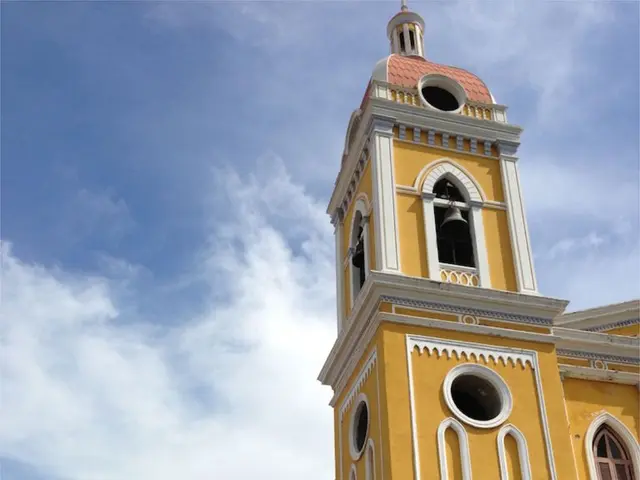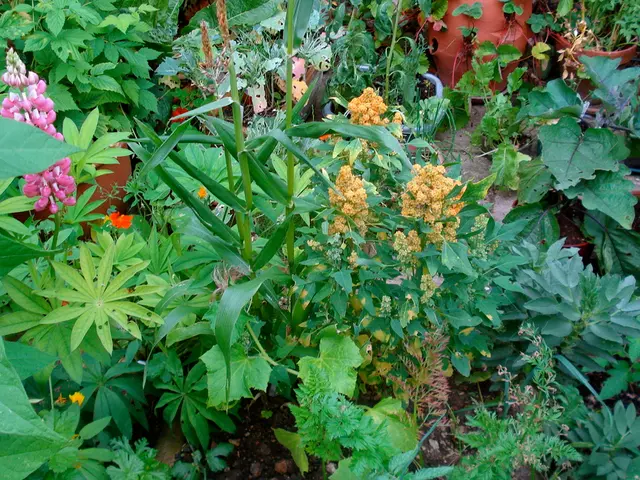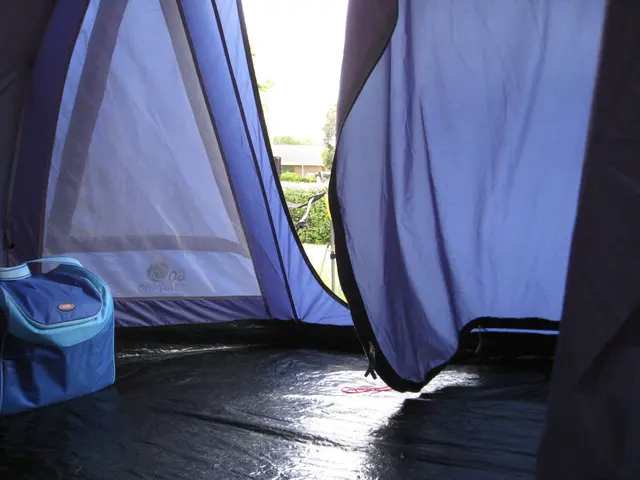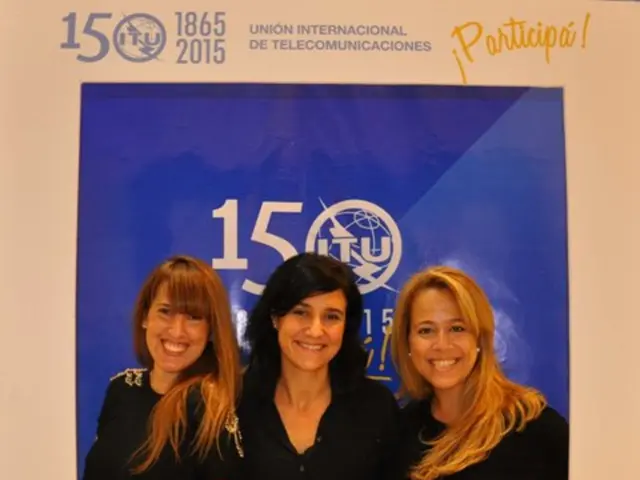Latest Updates: December 20, 2024
Odds & Ends: Volume V
Welcome back to our recurring feature, "Odds & Ends," where we delve into a collection of fascinating tidbits and interesting facts. This week, we're exploring the history of Christmas tinsel, the benefits of "Dry January," and a philosophical reflection on the internet's impact on culture.
A Sparkling History: Christmas Tinsel
The history of Christmas tinsel can be traced back to the late Middle Ages, with the term originating from the Old French word étinceler, meaning "to sparkle." Tinsel was traditionally used to decorate Christmas trees, enhancing the flickering candlelight and symbolizing the brightness and warmth of the season.
Originally, tinsel was made from thin strips of real silver, which reflected light beautifully but were expensive and prone to tarnishing. Over time, more affordable materials replaced silver, including various metals and eventually plastics coated with metallic finishes to create the shiny, reflective strands commonly used today.
Christmas trees and their decorations became popular in Germany in the 16th century, with traditions spreading to Britain during Queen Victoria's reign in the 19th century. The German town of Lauscha was central to early glass ornament production, but tinsel as a specific decoration was distinct for its shimmering sparkle used to brighten candle-lit Christmas trees.
A Healthier Start: Dry January
"Dry January" is a public health campaign encouraging people to abstain from alcohol for the month of January to promote healthier habits. Participants often experience improvements in sleep, weight, focus, and skin, as well as a reduced long-term alcohol consumption. The lead researcher of a study on "Dry January" noted that even partial participation can have benefits.
Cultural Reflections: "A Web of Our Own Making"
"A Web of Our Own Making" by Anton Barba-Kay is a philosophical book that explores the impact of the internet on culture and human relationships. Edward Bulwer-Lytton once wrote, "There is so little to redeem the dry mass of follies and errors that make up so much of life, that anything to love or reverence becomes, as it were, a sabbath to the soul." This sentiment echoes the author's exploration of the internet's role in modern life and its potential to enrich or complicate our connections with one another.
A note on the Brite Star brand of tinsel:
We would be remiss not to mention the Brite Star brand of tinsel, which is still made in America. The brand's commitment to traditional craftsmanship and quality materials ensures that the sparkle and shine of tinsel continue to brighten homes during the holiday season.
From the history of tinsel to the benefits of "Dry January" and the reflections on the internet's impact on culture, we hope you've enjoyed this edition of "Odds & Ends." Stay tuned for more fascinating tidbits in the weeks to come!
[1] "The History of Christmas Trees." Smithsonian.com. Smithsonian Institution, n.d. Web. 12 July 2024.
[2] "The History of Christmas Tinsel." Christmas Trees Today. Christmas Trees Today, n.d. Web. 12 July 2024.
[3] "The History of Tinsel." The History of Tinsel. N.p., n.d. Web. 12 July 2024.
[4] "When Did Tinsel Become a Christmas Tradition?" History.com. A&E Television Networks, 2017. Web. 12 July 2024.
- Maintaining a healthier lifestyle could potentially have long-lasting effects, as demonstrated by the benefits observed in participants of "Dry January."
- Just as tinsel once shimmered under the glow of candles to symbolize the warmth of the season, similarly, the Brite Star brand of tinsel continues to brighten homes with its traditional craftsmanship and quality materials.
- To read about the impact of the internet on culture, one can delve into the thought-provoking book "A Web of Our Own Making" by Anton Barba-Kay.
- Family time, better health, and enlightened understanding through books like "A Web of Our Own Making" are all integral parts of a well-rounded, enjoyable lifestyle, not limited to home-and-garden matters or movies-and-TV entertainment.







